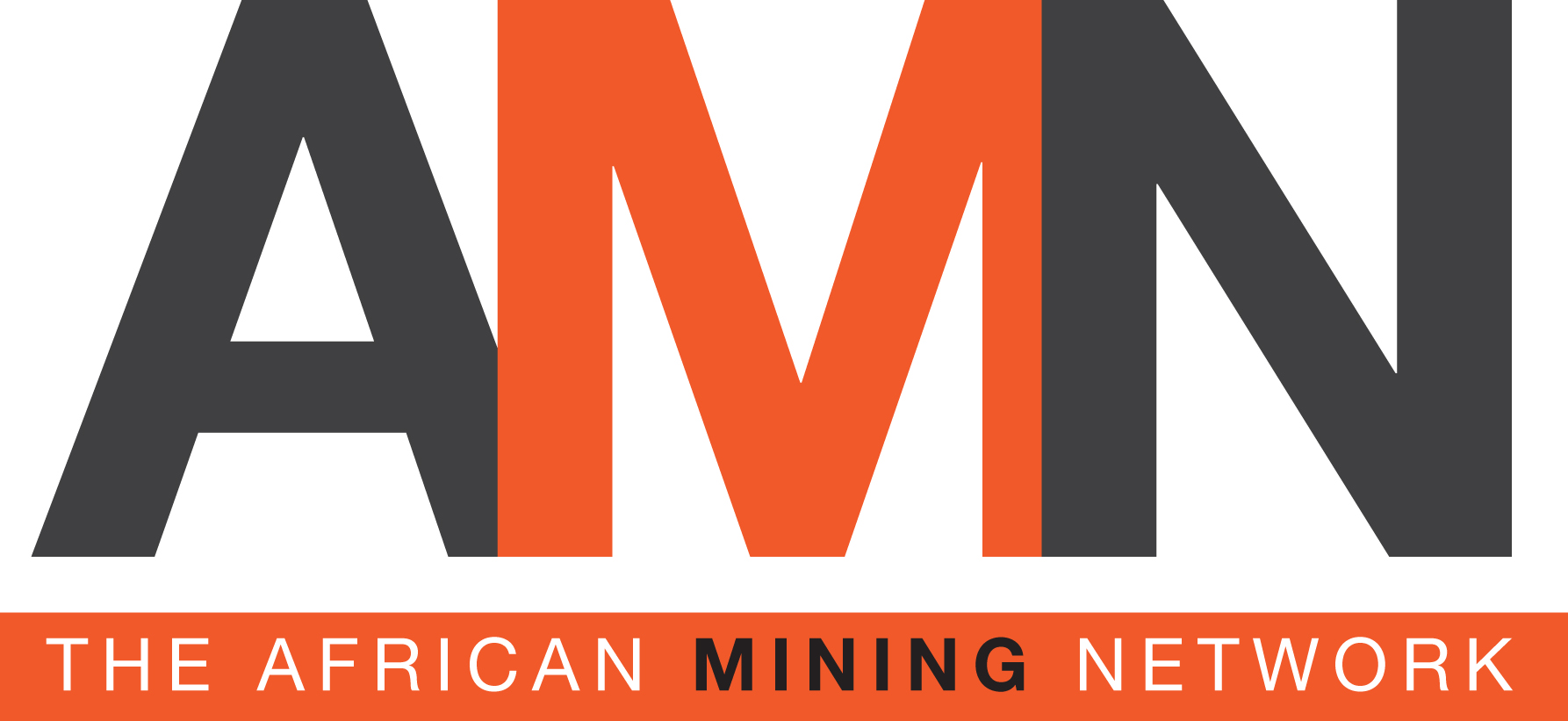- Yolanda Torrisi
- +61 412 261 870
- yolanda@yolandatorrisi.com
- Nina van Wyk
- +27 82 926 3882
- nina@africanminingnetwork.com
![]()
One mining fatality is one too many in any mining jurisdiction around the world so the fact that the number of fatalities in South African mines this year has increased is reason for great concern. To date in 2017 there have been 77 fatalities while last year 68 men and women lost their lives in the mining sector.
Statistics from the country’s Department of Mineral Resources show that the gold mining sector accounts for the majority of mine deaths, with 36 fatalities until early November this year, up from 29 in the whole of 2016. The platinum sector has had 25 fatalities this year, the coal sector seven and smaller mining sub-sectors claimed nine lives.
The increase is disturbing for the country’s mining sector, which is finding life extremely difficult owing to a number of factors largely outside its control.
The Chamber of Mines has expressed its disappointment, saying that a particular concern has been the number of accidents related to seismic activity and subsequent fall-of-ground incidents. It also notes that there has been an increase in the number of rockbursts, while the number of rockfalls decreased.
As deposits in South Africa become more difficult to find, develop and extract, miners are forced to go deeper, both in terms of open-pit and underground operations, and safety becomes more of an issue.
Of course, this also makes mining more costly, which puts increased pressure on the bottom line of companies. However, it is vital that safety is the top priority of all those involved in the industry, no matter the price.
There are constant advances being made by mining companies and suppliers around the world to improve safety standards and operators in South Africa need to ensure they take on board these innovations.
The situation in South Africa has evolved through a unique set of circumstances. The country’s apartheid system that ended in 1994 provided cheap labour and minimal safety standards for decades, which meant that companies had little incentive to invest in technology.
Most mines are deep and labour intensive while drill and blast methods first implemented in the 1950s are still common. The result is that costs have risen appreciably, output has dropped and safety is not necessarily top priority.
An estimated 80% of the gold industry’s output still comes from workers using hand drills in narrow tunnels rather than the bulk mining techniques employed elsewhere.
New technology is not just needed to make extracting the ore more profitable but it can also make its much safer. Interesting developments in this regard include small robots that can drill in tunnels less than 1.2 metres high and breaking rock without using explosives.
Technology also offers mining companies the opportunity to connect all their staff, which results in improved safety and security.
South Africa, along with the rest of the continent, must get with the times as far as safety is concerned in order to strive for the goal of zero fatalities.
Yolanda Torrisi is Chairperson of The African Mining Network and comments on African mining issues and the growing global interest in the continent. Contact:yolanda@yolandatorrisi.com

